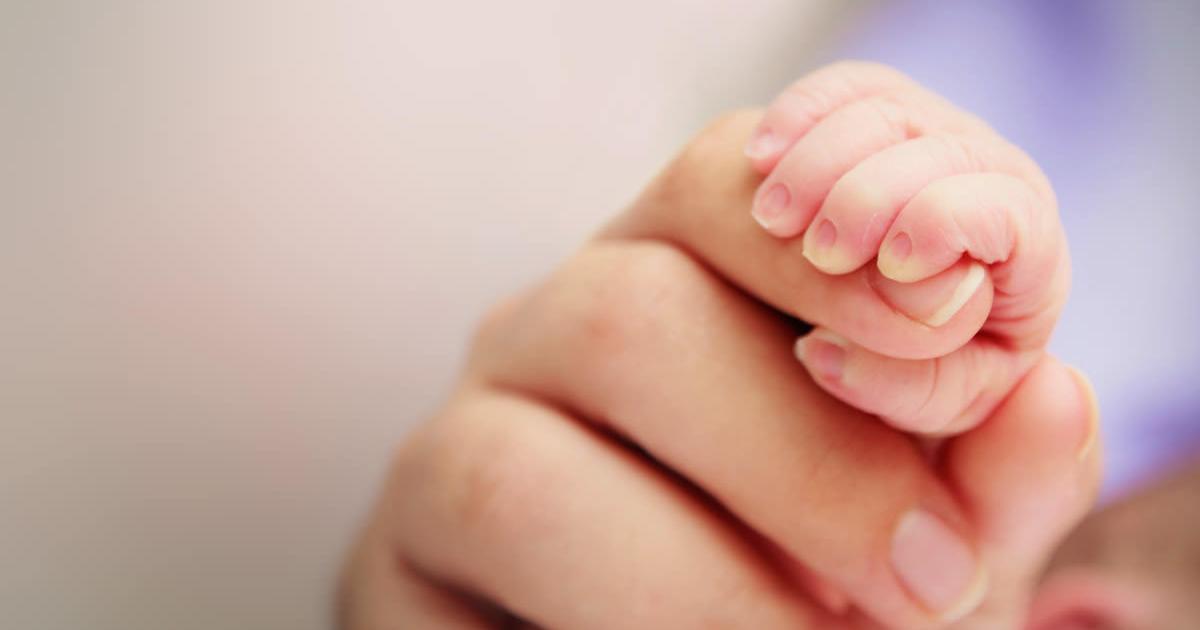Guide To The Causes And Complications Of Bunions
Congenital Deformities

Some bunions can be the result of congenital deformities. In these cases, the bunions might not develop over time, and may instead just be part of the foot's natural shape. Congenital deformities also increase an individual's risk of developing a bunion. Even if the bunion isn't present at birth, the foot bones of someone with congenital deformities may be more likely to shift with pressure than someone without the deformities. Two types of bunions have been identified by experts: congenital and acquired. A congenital bunion is acquired. The majority of patients with this bunion notice it during their teen years. A lot of congenital bunions are non-progressive, which means they don't get worse over time, unlike acquired bunions. As long as a congenital bunion doesn't cause pain, it can be supported by a properly fitted shoe without needing surgery. Some individuals with congenital bunions might benefit from orthotics. However, as long as the right footwear is used, congenital bunions are unlikely to cause ongoing painful symptoms for the patient.
Uncover more causes and complications associated with bunions now.